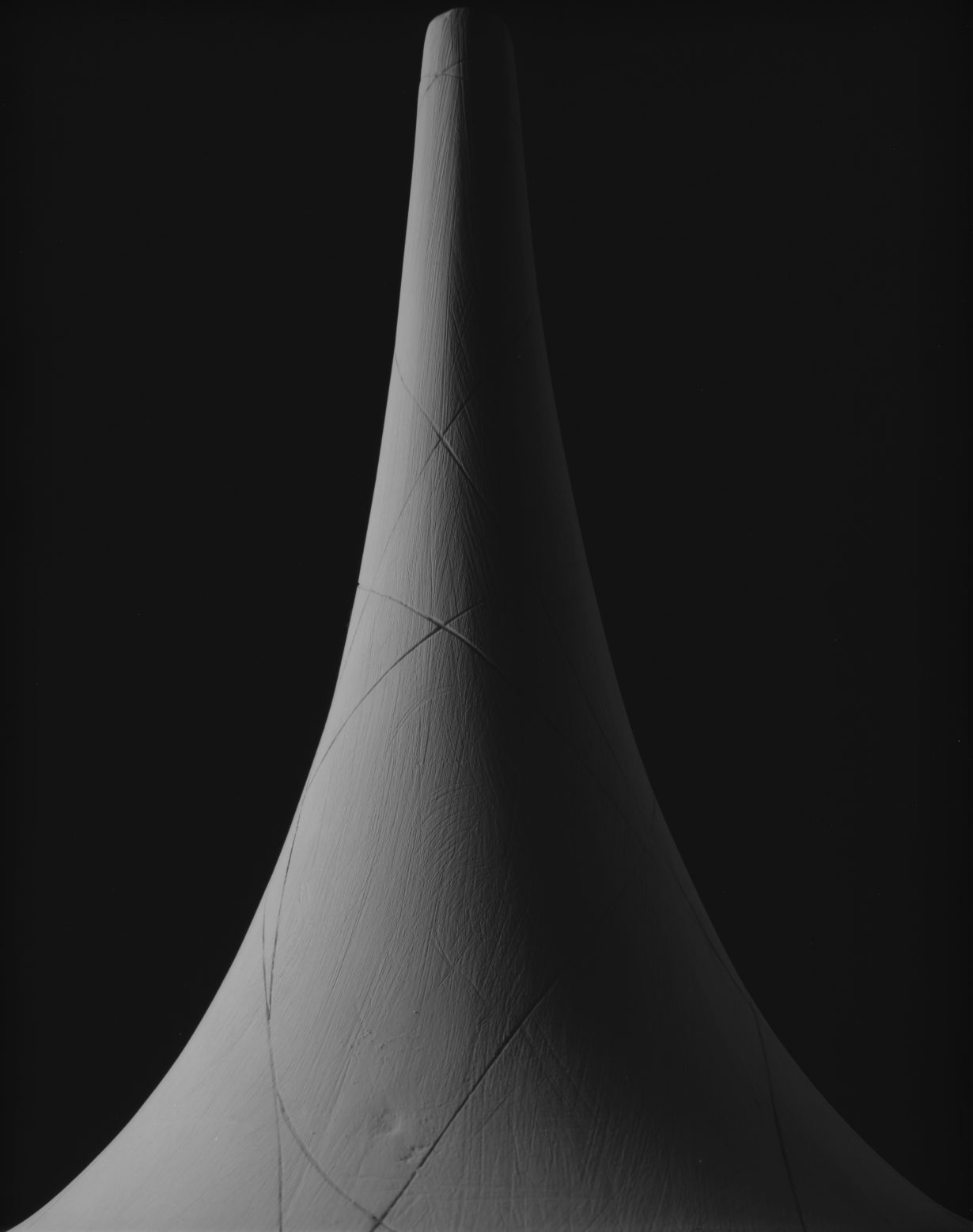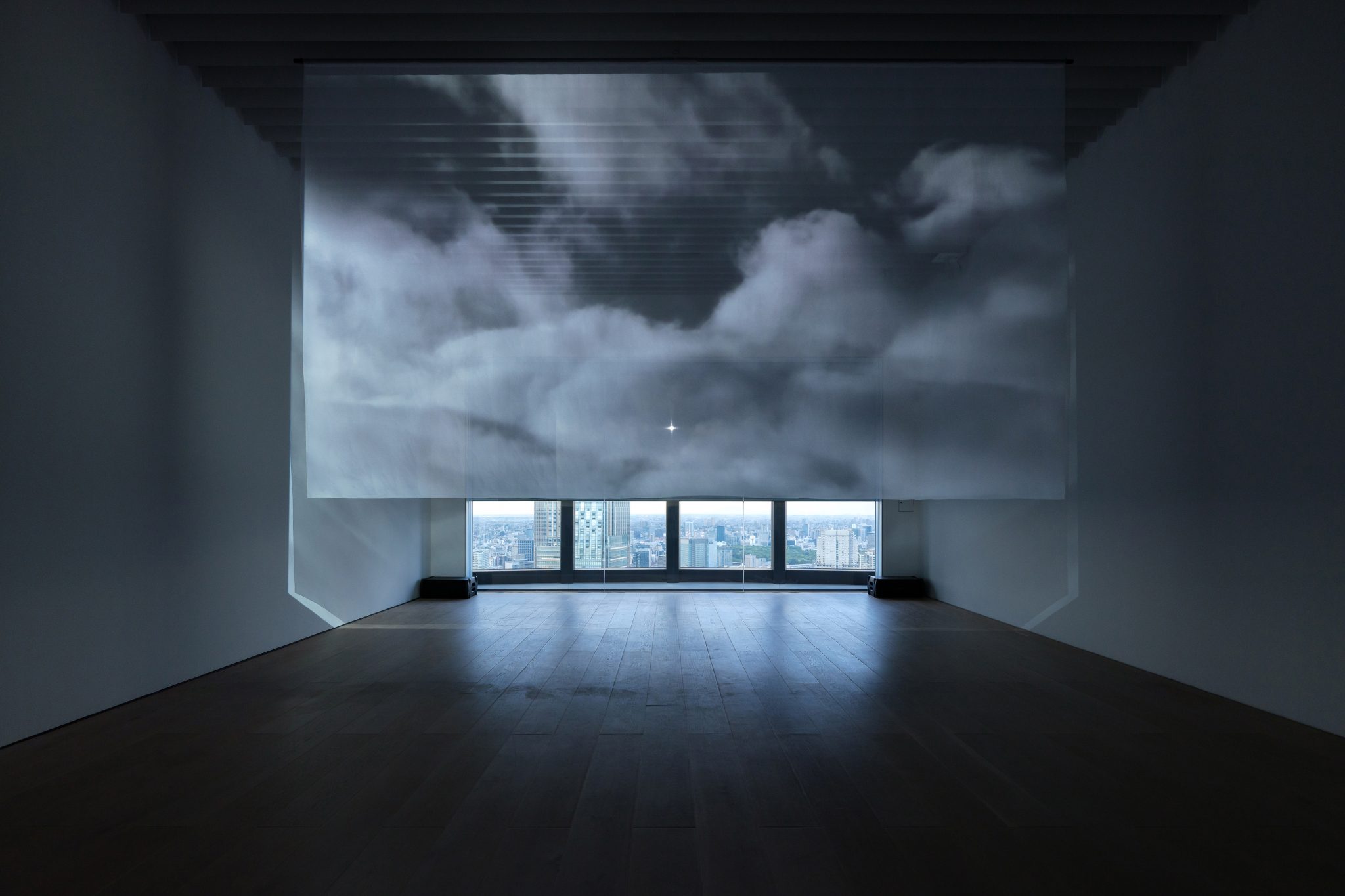Mori Art Museum in Tokyo commemorated its 20th anniversary with a group exhibition reframing art through familiar school subjects
This exhibition commemorates the 20th anniversary of the Mori Art Museum in the Roppongi neighbourhood of Tokyo. It presents itself as an attempt to reframe contemporary art through eight familiar school subjects, among them ‘Language and Literature’, ‘Social Studies’, ‘Philosophy’ and even ‘Physical Education’.
The beauty of that arrangement is its familiarity to anyone who received a traditional education. As in a typical school day, gallerygoers are led from subject to subject. That standardised familiarity runs into trouble, however, when the school subjects are applied to contemporary art that seeks to deconstruct, and even defy, such rigid academic categorisations. About half of the approximately 150 exhibited works, created by over 50 artists and groups, are drawn from the Mori Art Museum collection. Iconic artists like Ai Weiwei, Nara Yoshitomo and Hiroshi Sugimoto are featured alongside newly commissioned works by artists such as Miyanaga Aiko and Jacob Kirkegaard to create a ‘classroom of the world’, hinting at the global representation of artists whose works, ideally, offer viewers alternative lessons based on their unique points of view.

‘Language and Literature’ is the first subject of the exhibition and leads with forerunner of conceptual art Joseph Kosuth and his installation One and Three Shovels (1965), in which a chair sits between a photograph of the chair and the dictionary definition of the word ‘chair’. The piece acts as an introductory lesson to Conceptual art and primer on how the definitions and visual representations we learn influence, and occasionally overtake, the original object itself in our minds.
Nearby, a darkened room with rows of foldable, wooden classroom chairs hosts the poignant, immersive 30-minute video experience Lost and Found (2016) by multimedia pioneer Susan Hiller, an audio collage of recorded voices speaking in 23 different languages – some now extinct – held together visually with a projection of a quivering green oscilloscopic line and English subtitles. A speaker of Wichita says she is the only person left who speaks her language, but by participating in Hiller’s recording, “I’ll be gone and they can still hear my voice”. For viewers who can give it the time it deserves, the effect is deeply moving.
‘Language and Literature’ concludes with Follow Me (2003), a large-format photograph by Chinese artist Wang Qingsong. The photo depicts Wang himself in the role of professor, pointing his stick at English and Chinese words and phrases, and logos of American companies such as Nike and McDonald’s on the massive blackboard behind him. English idioms one might find in textbooks (‘It’s for the birds!’) are written haphazardly alongside Chinese political slogans (‘Let China walks [sic] towards the world!’) commenting on the rapid social change wrought by Westernisation and capitalism after China’s 2001 entry into the World Trade Organization and Bejing’s selection to host the 2008 Olympic games.

Qingsong’s image neatly leads visitors into the ‘Social Studies’ section, where they are confronted by yet another blackboard, this one real, written on by German artist Joseph Beuys during a lecture at Tokyo University of the Arts in 1984, part of an eight-day trip that is held up as a seminal moment of influence for contemporary art in Japan. On the left side of the blackboard ‘West’ is written inside a circle, while on the right ‘Ost’ (east) is said to indicate the world to come, with musical notes drawn between the two. Playful rhymes of curating such as these two blackboards feature throughout World Classroom, enhancing the experience just as might a quip from a favourite teacher.
Ironically, it’s the dreaded subjects many see as farthest removed from the arts – economics, engineering, mathematics and even religion – that provide some of the most compelling installations of the entire exhibit. Tamura Yuichiro’s Invisible Hands (2022) examines the economics behind the downfall of Japan’s porcelain ‘novelty’ figurines industry after the infamous Plaza Accord, signed in New York in 1985. In a three-channel video, Tamura imagines a surreal 22-minute conversation between the triad of revered economists John Maynard Keynes, Karl Marx and Adam Smith (Smith’s theory of the ‘invisible hand’ of the marketplace gives the installation its title), each depicted as masked (and so ‘invisible’) kurogo puppeteers from kabuki theatre. Audio of the trio discussing the ramifications of their theories plays as the busts of the five politicians who attended the Plaza Accord, rendered in the porcelain of the novelties industry they decimated, sit mounted on the wall along with documentary photographs of the men at the event.
The construct of separating diverse works into familiar academic categories illustrates the ways rigid categories – however arbitrary or restricting they may seem – aid us in defining where an artist and their work sit in relation to others. These much-maligned divisions and out-of-fashion definitions are what allow the viewer to identify where those very borders break down or do not apply, and at the same time highlight where seemingly unrelated concepts, approaches and subjects intersect. If it all sounds like a lot, that’s because it is. World Classroom is a decidedly more-is-more exhibition. By the end of the simulated ‘school day’ it feels a bit like visitors have crammed for a comprehensive exam.
World Classroom: Contemporary Art through School Subjects at Mori Art Museum, Tokyo, 19 April – 24 September
